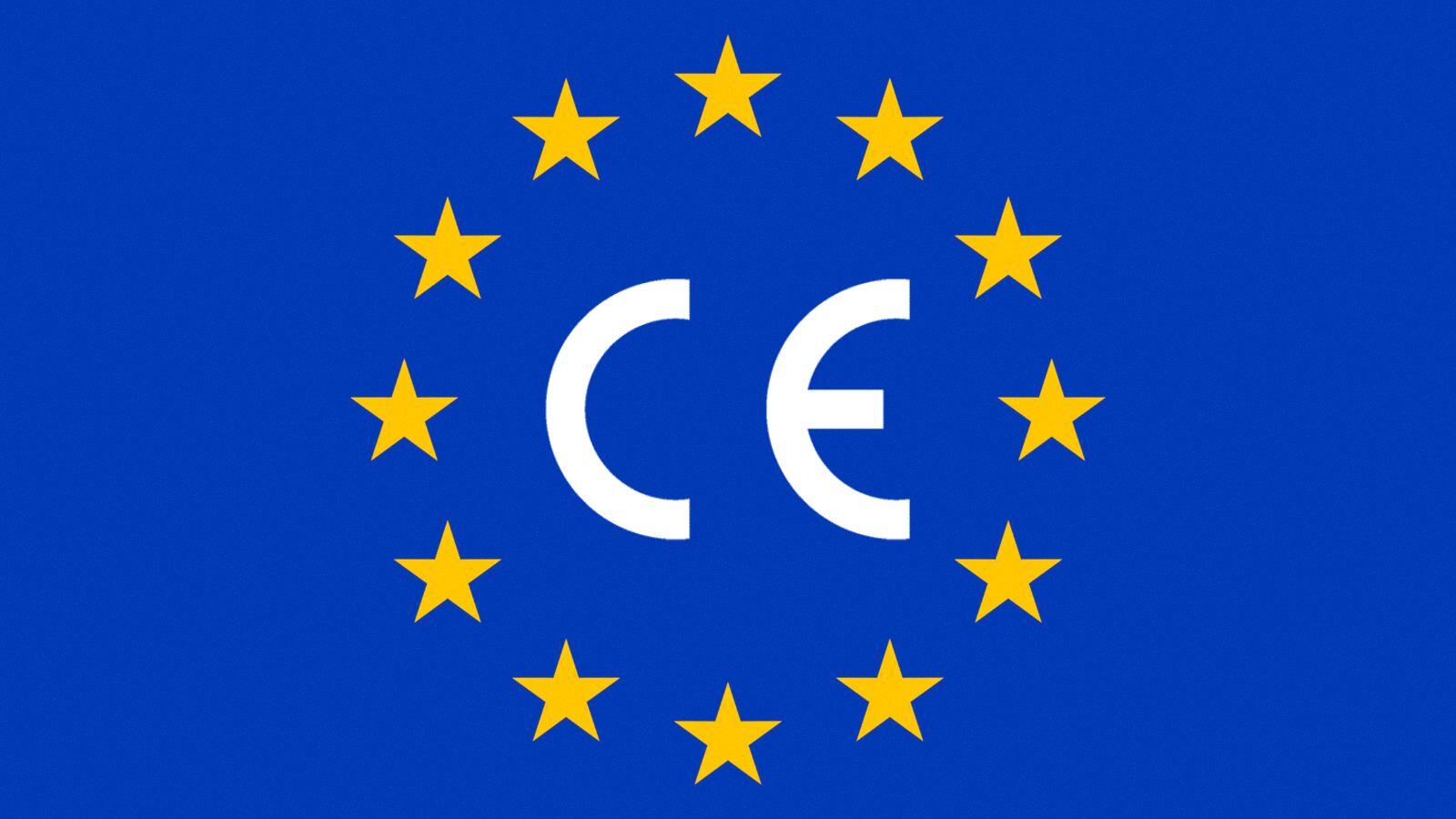Next-Generation Sequencing (NGS) has revolutionized precision oncology. By enabling the simultaneous detection of hundreds of genetic variants in a single test, large-panel genomic profiling supports more personalized and effective cancer care.
However, with the In Vitro Diagnostic Regulation (IVDR) now fully applicable across the European Union, manufacturers of high-complexity Next-Generation Sequencing (NGS) assays face significant new challenges. These large-panel assays—typically Class C IVDs—must meet stricter demands for clinical evidence and post-market surveillance.
This blog outlines the key IVDR requirements and strategic considerations for IVD manufacturers developing large-panel genomic profiling tests. The goal: to help you bring scientifically sound, regulation-ready Next-Generation Sequencing (NGS) devices to market with confidence.
Why Large Next-Generation Sequencing (NGS) Panels Pose Unique Regulatory Challenges
Large-panel NGS devices are inherently complex. They analyze a broad range of variant types—such as SNVs, indels, CNVs, and fusions—across multiple genes and often multiple sample types. The assays also depend on evolving bioinformatics pipelines and third-party instruments and reagents.
This complexity creates specific challenges:
- A more difficult path to IVDR approval
- Deep interconnection between risk management, clinical evidence, and post-market surveillance (PMS/PMPF)
- Ongoing need for updates as new variants, classifications, or therapeutic guidelines emerge
All of this must be documented, evaluated, and justified in alignment with the applicable IVDR Annexes. Simply put: manufacturers need a clear strategy, sound scientific knowledge, and robust documentation to ensure successful regulatory submission and market access.
Key Considerations for Manufacturers of Large-Panel NGS Devices
1. Define a Clear, Specific Intended Purpose for Your NGS Device
The intended purpose determines the scope of your entire IVDR submission. For large-panel NGS devices, this should include:
- Genes and variant types included (e.g., SNVs, CNVs, fusions)
- Sample types validated (e.g., FFPE tissue, liquid biopsy)
- Clinical uses (diagnosis, therapy selection, etc.)
- Limitations and exclusions
Avoid broad or ambiguous claims. Instead, focus on defining a scope that is clinically relevant, scientifically justified, and realistically supported by evidence.
2. Develop a Tiered Strategy for Scientific Validity
Scientific validity shows that a genetic variant is associated with a clinical condition. For large-panel Next-Generation Sequencing (NGS) assays, validating each biomarker individually is rarely feasible. Instead:
- Leverage published literature, databases, and clinical guidelines to support the scientific validity of the analytes.
- Consider the relevance of broad panel testing
- Document a clear rationale for inclusion of the genes in the panel.
Remember: scientific validity evolves. Your Post-Market Performance Follow-Up (PMPF) plan must anticipate changes in evidence, such as new therapeutic indications or revised variant classifications.
3. Benchmark against State-of-the-Art
State-of-the-Art embodies what is currently and generally accepted as good practice in technology and medicine. Clinical evidence needs to be established and evaluated against State-of-the-art. State-of-the-art encompasses two pillars:
- Clinical practice: what is the current clinical practice for a clinical disorder
- Performance specifications: what is expected in terms of analytical and clinical performance specifications. This information can come from regulations, standards or guidelines, or it can come from information on similar devices.
Manufacturers must demonstrate how their Next-Generation Sequencing (NGS) panel meets—or exceeds—these standards. Continuous PMPF monitoring helps track evolving SotA expectations and support sustained compliance.
4. Design Representative Analytical Performance Studies
Analytical performance must be demonstrated across the relevant parameters stated in IVDR Annex I, 9.1 (a). In addition to these, the manufacturer is responsible for identifying other analytical performance characteristics that are applicable.
For Next-Generation Sequencing (NGS) devices, typically following characteristics need to be considered:
- Analytical sensitivity (defined as TP/TP+FN) and specificity (defined as TN/TN+FP)
- Detection capability: incl. Minimal variant allele frequency (VAF) and minimum and maximum DNA input
- Reportable range: region of the genome covered & range of VAF and Copy Number Alterations (CNAs) copies covered
- Performance of molecular barcoding
- ...
Given the size of these panels, a method-based or representative approach can often be justified. Be sure to:
- Justify the analytical approach using the device’s risk assessment
- Document any known weaknesses (e.g., GC-rich regions, STR repeats, challenges related to the sequencing and library prep techology)
- Demonstrate analytical performance per variant type (SNV, indels, CNA, large genomic rearrangements, ...) and per specimen type (FFPE derived DNA, liquid biopsy, RNA, ...)
A representative or method-based validation strategy may be acceptable, especially for large gene panels. Justify your approach using a risk-based rationale and present the results in a clear, well-structured format within the technical documentation.
5. Build a Clinical Performance Strategy tailored to the Intended Purpose claims
Clinical performance links the test result to a particular clinical condition or physiological state in accordance with the target population and intended user. Under IVDR, this can be demonstrated through:
- Clinical performance studies
- Scientific peer-reviewed literature
- Published experience gained by routine diagnostic testing
For large-panel genomic profiling:
- Clinical classification (such as ESMO Scale for Clinical Actionability of molecular Targets - ESCAT) is the basis for the strategy to demonstrate clinical performance
- Differentiate multiple Intended Purpose claims: a Companion Diagnostics claim requires a different clinical performance strategy than a Tumor Profiling claim
- Clinical performance studies must comply with IVDR Annex XIII, 2 (and XIV if applicable)
- Provide a rationale for relying on literature for established variants
- Identify gaps and address them through Post-Market Performance Follow-up (PMPF)
Like for analytical performance, present the data and justifications for clinical performance clearly and in a structured way.
6. Implement a Proactive PMPF Plan for Your Genomic Panel
IVDR requires proactive surveillance and real-world data collection. For large-panel Next-Generation Sequencing (NGS) devices:
- Plan for regular updates to bioinformatics pipelines and interpretation databases
- Monitor changes in scientific validity and state of the art (SotA)
- Address gaps identified during validation with targeted PMPF studies
- Identify off-label use or unintended clinical interpretations
PMPF is particularly important for complex Next-Generation Sequencing (NGS) panels, where updates to variant classification or treatment guidelines can happen frequently. Ensure having a process to respond to those changes adequately.
Summary: IVDR Essentials for Large-Panel Next-Generation Sequencing (NGS) Compliance
- Clear and precise intended purpose
- Evidence-based scientific validity, maximizing existing clinical information
- Analytical performance strategy driven by thorough risk assessment
- Clinical performance that aligns with the intended purpose claims
- Continuous surveillance and evidence updates via a strong and proactive PMPF program
- A well-presented technical file that reflects real-world use and risk
Conclusion: In Genomic Diagnostics, Precision Is Power
Large-panel Next-Generation Sequencing (NGS) assays offer powerful insights, but with that power comes complexity. IVDR requires manufacturers to approach every gene, every variant, and every use claim with scientific and regulatory precision.
By connecting bioinformatics, clinical evidence, and risk-based thinking into a unified compliance strategy, you not only meet IVDR expectations but you also support better, faster, and safer diagnostics for patients across Europe.
Why Partner with QbD Group?
At QbD, we’ve helped numerous IVD manufacturers navigate the complex intersection of Next-Generation Sequencing (NGS) and IVDR. From variant classification strategies to audit-ready documentation, we bring both scientific and regulatory clarity to your genomic test development.
Whether you’re building a panel from scratch or adapting an in-house test to meet IVDR requirements, our multidisciplinary team helps you:
- Design robust analytical and clinical performance strategies
- Build compliant, audit-ready technical documentation
- Navigate IVDR Article 5(5) for lab-developed tests
- Anticipate and mitigate post-market risks
- Translate bioinformatics complexity into regulatory clarity
Ready to Take Your Large-Panel NGS Device Further?
Don’t let complexity delay your innovation. With QbD Group’s IVD Services, you gain a partner who speaks both science and regulation—and helps you succeed in both. Get in touch with our team to discuss how we can support your next-gen IVD strategy. Let’s bring precision oncology from the lab to the patient, together.














%20Checklist.jpg)








.jpg)




.jpg)
.jpg)

.jpg)


.jpg)
.jpg)
.png)